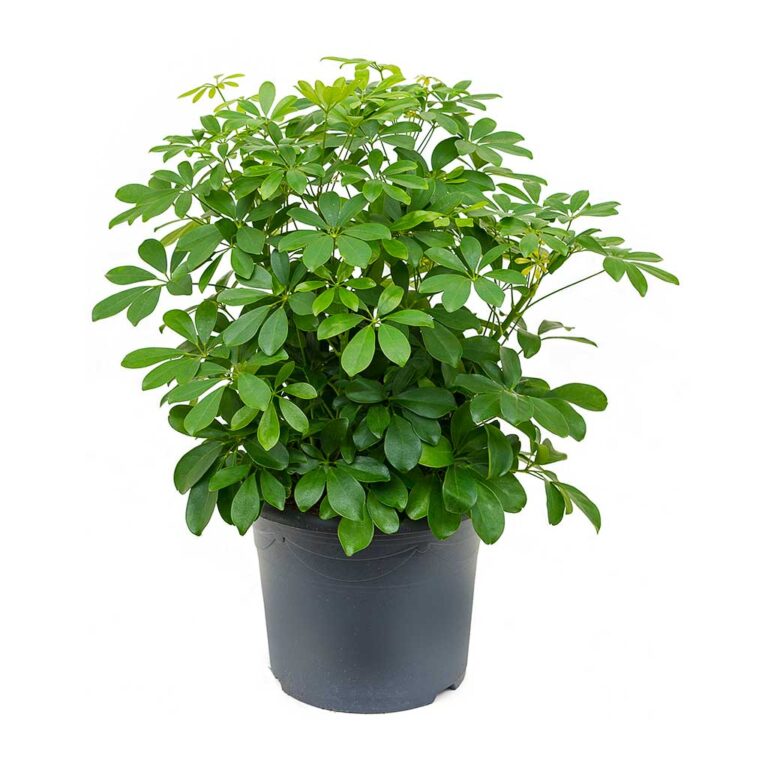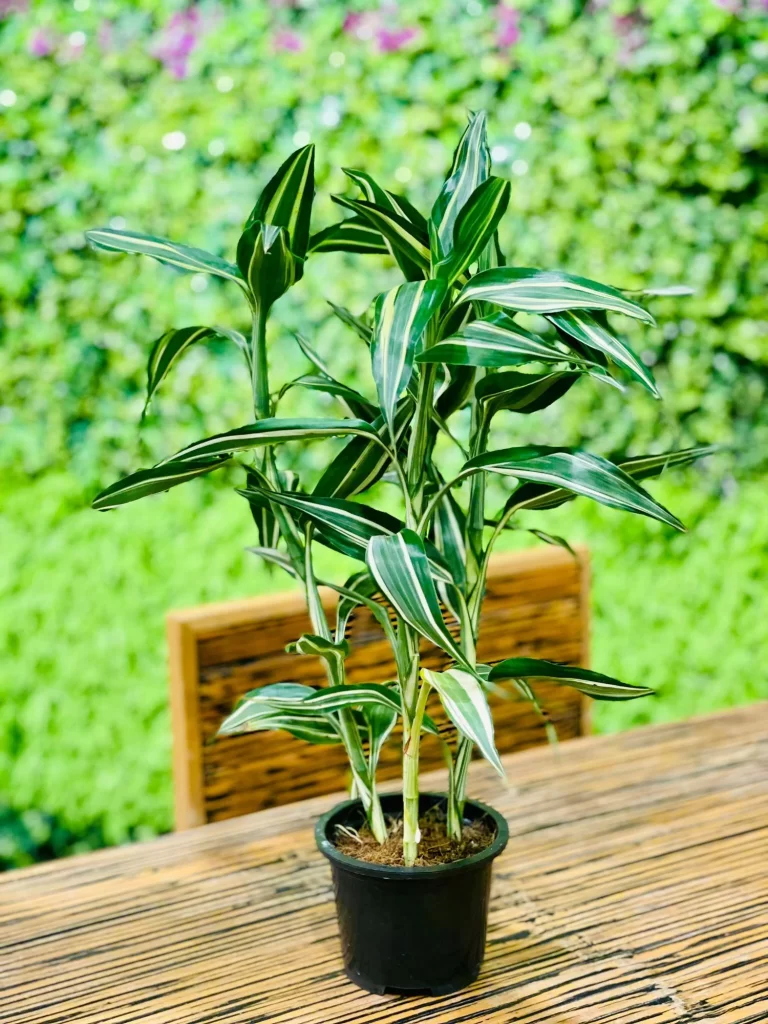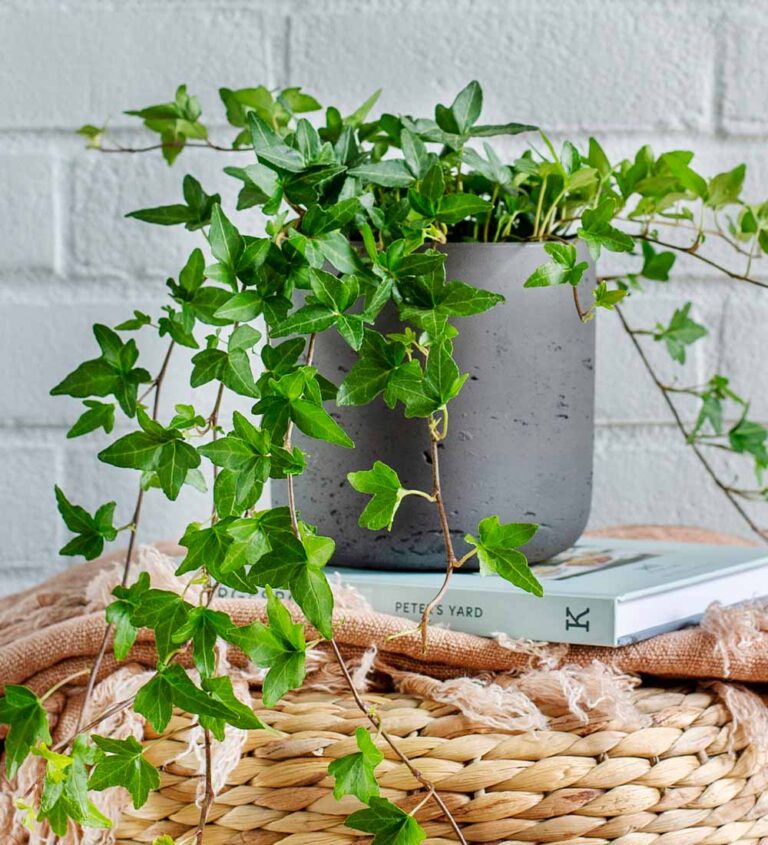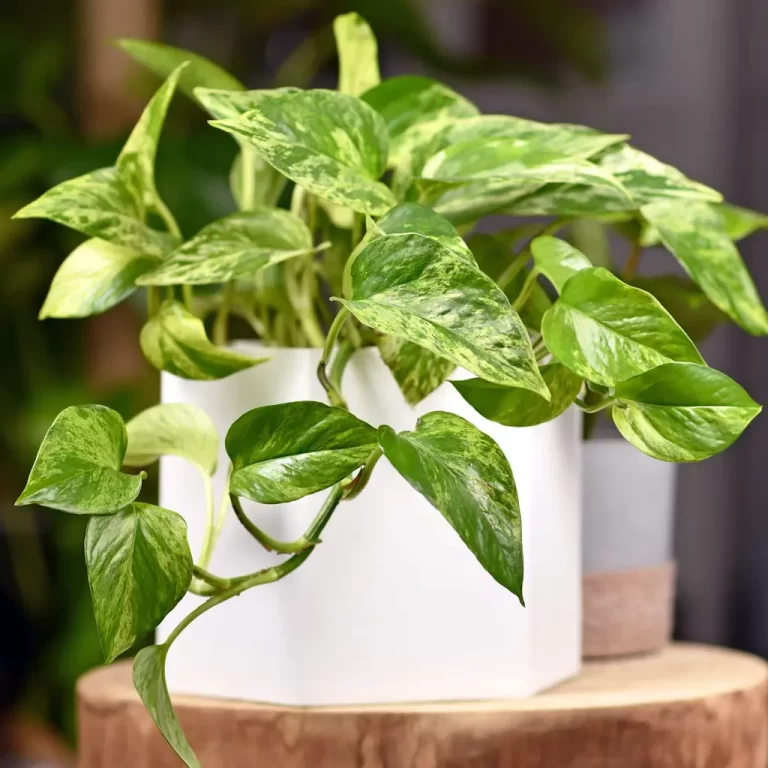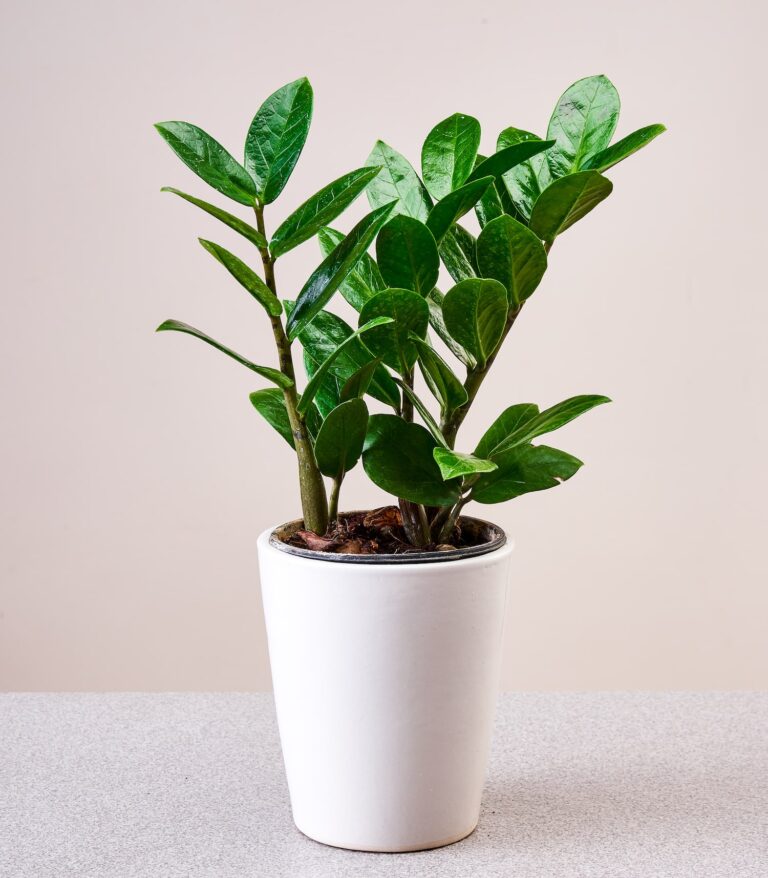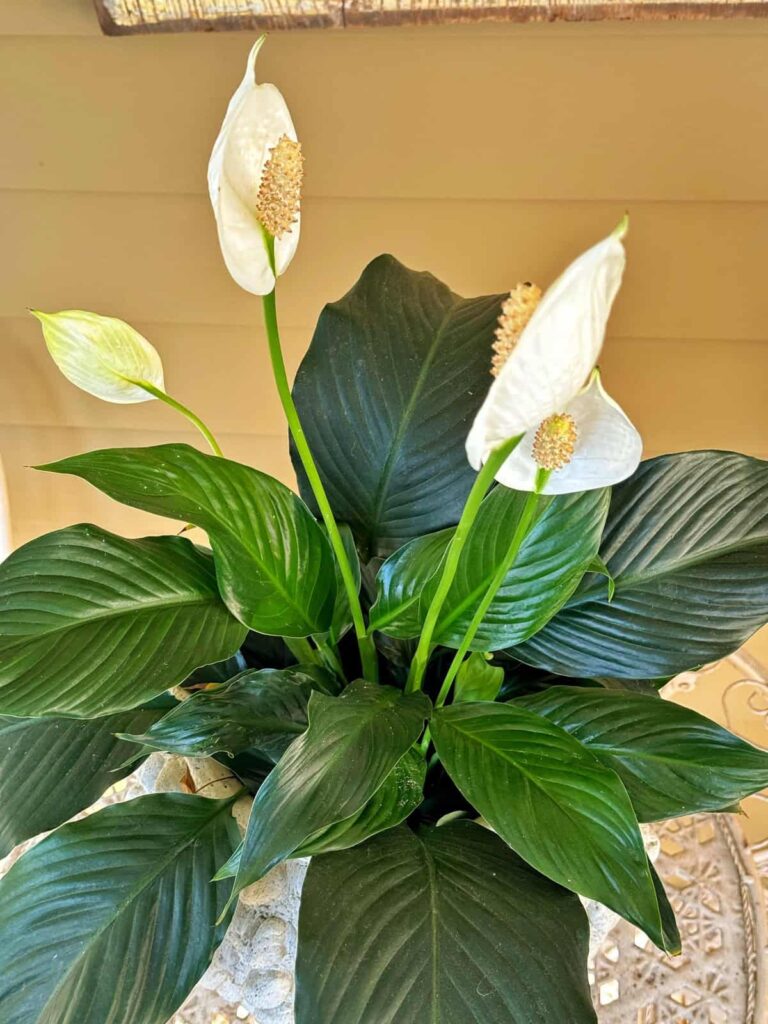Ficus elastica: The Resilient and Elegant Rubber Plant
Ficus elastica: The Resilient and Elegant Rubber Plant
Are you looking for a low-maintenance yet stylish plant to enhance your indoor space? Meet Ficus elastica, the perfect blend of durability and beauty.
Hello, plant lovers! Whether you’re a seasoned gardener or just starting your green journey, the Ficus elastica, also known as the rubber plant, is a fantastic choice. With its broad, glossy leaves and ability to thrive in various conditions, it’s no wonder this plant has become a favorite in homes and offices. Let’s dive into everything you need to know about this wonderful species!
Table of Contents
Origin and Characteristics of Ficus elastica
Ficus elastica, commonly known as the rubber plant, originates from Southeast Asia, particularly India, Nepal, Bhutan, Burma, Malaysia, and Indonesia. It thrives in tropical rainforests where it can grow into a massive tree, reaching up to 30 meters (100 feet) in its natural habitat. However, as an indoor plant, it typically stays between 2 to 3 meters (6-10 feet) tall, making it a manageable yet striking addition to any space.
This species is recognized by its large, glossy, dark green leaves with a leathery texture. Some varieties exhibit variegation with cream, yellow, or pink hues. The plant produces a milky latex sap, which was historically used to create rubber, hence its common name.
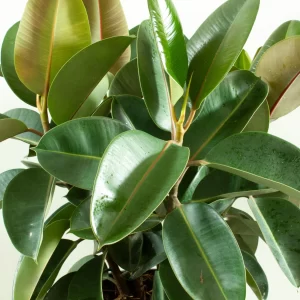
How to Care for Your Rubber Plant
Ficus elastica is a low-maintenance plant, making it ideal for beginners. However, understanding its basic needs will ensure a healthy and thriving plant.
| Care Aspect | Details |
|---|---|
| Light | Prefers bright, indirect light but can tolerate some shade. |
| Water | Water when the top inch of soil is dry; avoid overwatering. |
| Temperature | Thrives in temperatures between 60-75°F (16-24°C). |
| Humidity | Prefers moderate to high humidity levels. |
| Fertilizer | Feed with a balanced liquid fertilizer every 4-6 weeks during growing season. |
Common Problems and Solutions
Like any plant, Ficus elastica can encounter some issues. Here are the most common problems and how to fix them:
- Yellowing Leaves: Usually caused by overwatering. Ensure the soil is well-draining and let it dry out before watering again.
- Leaf Drop: Can be due to sudden changes in temperature, low humidity, or lack of light. Keep the plant in a stable environment.
- Pest Infestation: Spider mites and mealybugs can occasionally attack. Wipe leaves with a damp cloth and use insecticidal soap if necessary.
- Slow Growth: Could be due to insufficient light or lack of nutrients. Move to a brighter spot and fertilize during the growing season.
Health and Environmental Benefits
Ficus elastica is not just a beautiful plant—it also provides numerous health and environmental benefits. From air purification to boosting mental well-being, here’s why you should consider adding this plant to your indoor space.
| Benefit | Description |
|---|---|
| Air Purification | Removes toxins like formaldehyde and improves indoor air quality. |
| Humidity Regulation | Increases humidity, which helps with dry skin and respiratory issues. |
| Mental Health | Reduces stress and enhances mood by bringing nature indoors. |
Propagating Ficus elastica
If you love your rubber plant, why not grow more? Propagation is easy and rewarding. The most common method is stem cutting. Follow these simple steps to successfully propagate your Ficus elastica:
- Take a healthy stem cutting with at least two leaves.
- Allow the cutting to dry for a few hours to prevent excessive sap loss.
- Place the cutting in water or moist soil.
- Keep in bright, indirect light and maintain high humidity.
- Roots should develop in 3-6 weeks, after which you can transplant.
Styling Tips: Using Ficus elastica in Interior Design
Ficus elastica is a versatile plant that can complement any interior style. Here are some creative ways to incorporate it into your home:
- Minimalist Look: Place a single large rubber plant in a sleek, neutral pot for a modern aesthetic.
- Bohemian Vibe: Pair with woven baskets and natural wood furniture to enhance a cozy, earthy feel.
- Office Greenery: Use a medium-sized Ficus elastica to bring life to a workspace, improving productivity and air quality.
- Corner Accent: Position in an empty corner with good lighting to create a striking focal point.
- Grouped Display: Combine with other plants of varying heights to form a lush, indoor jungle.
Frequently Asked Questions
How often should I water my Ficus elastica?
Water when the top inch of soil feels dry. Generally, this means once a week in summer and every two weeks in winter.
Can Ficus elastica tolerate low light?
It can survive in low light but thrives in bright, indirect sunlight. Too little light can slow growth and cause leaf drop.
Is Ficus elastica toxic to pets?
Yes, the sap can be toxic to pets if ingested. Keep it out of reach from cats and dogs.
Why are my rubber plant’s leaves turning brown?
Browning leaves are often caused by underwatering, low humidity, or excessive direct sunlight. Adjust conditions accordingly.
Can I grow Ficus elastica outdoors?
Yes, in warm climates (USDA zones 10-12). In colder regions, it should be kept indoors to prevent damage from frost.
How do I make my rubber plant bushier?
Prune the top leaves to encourage branching. Regularly rotating the plant also helps it grow evenly.
Final Thoughts
Ficus elastica is more than just a houseplant—it’s a statement piece that brings life, beauty, and numerous benefits to any space. With proper care, it can thrive for years, purifying your air and enhancing your home’s aesthetic. Whether you’re a seasoned plant parent or just starting, the rubber plant is a fantastic choice that rewards minimal effort with lush greenery.
What’s your experience with Ficus elastica?


